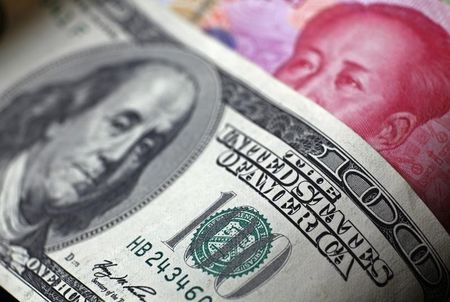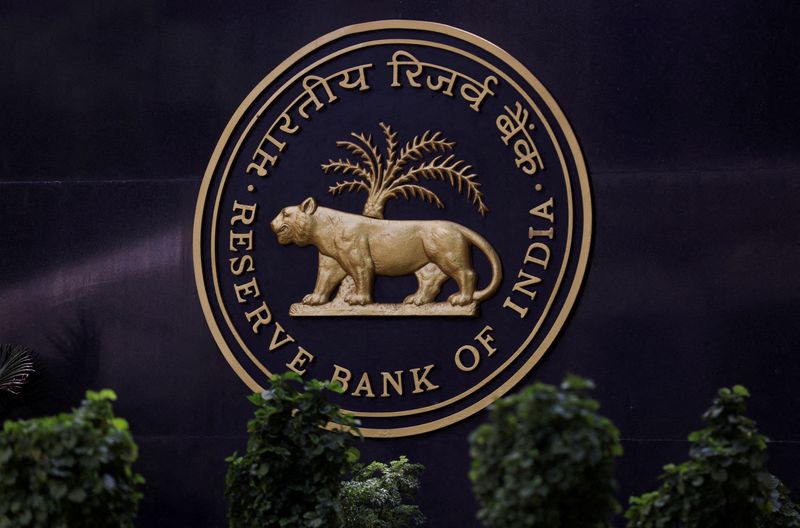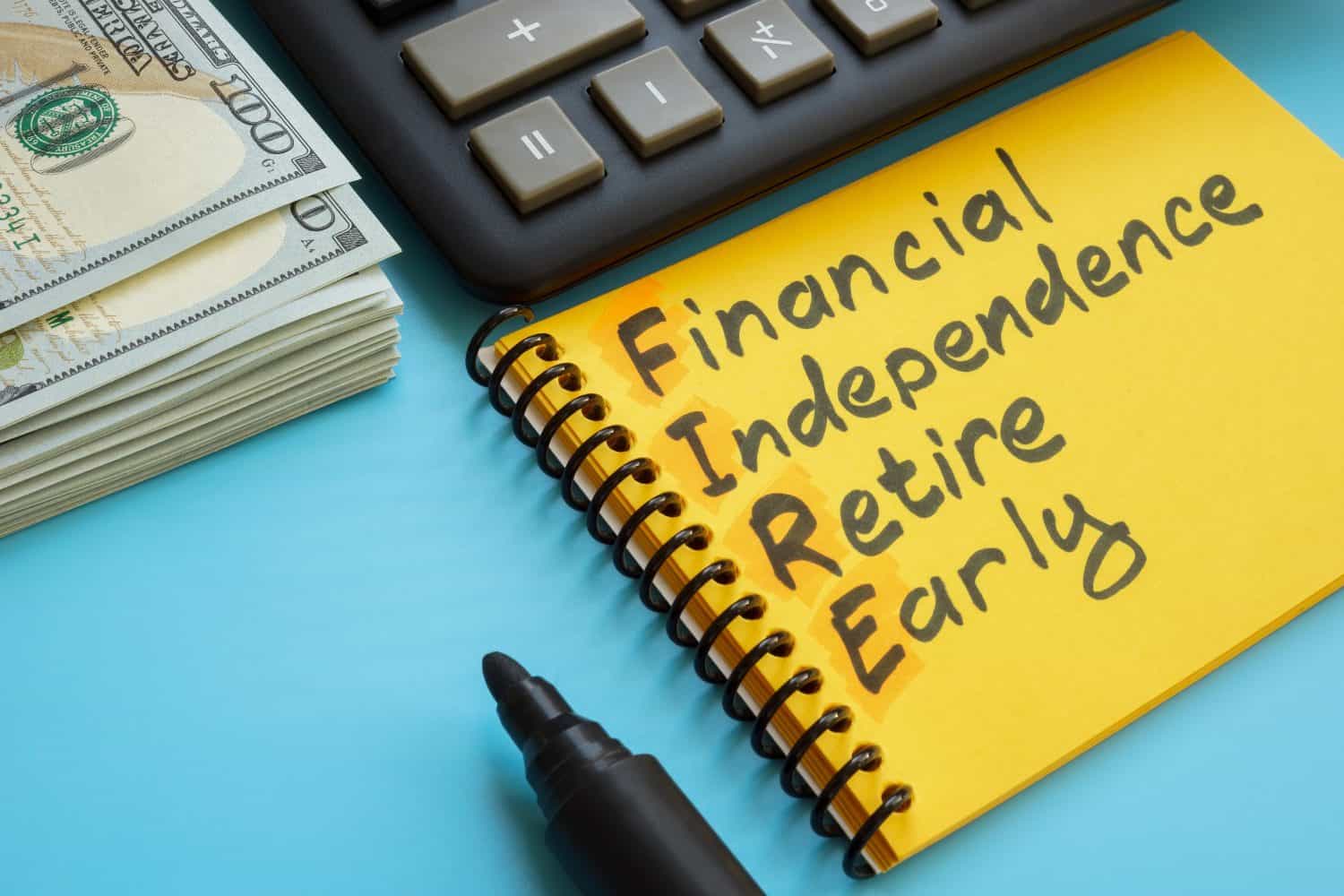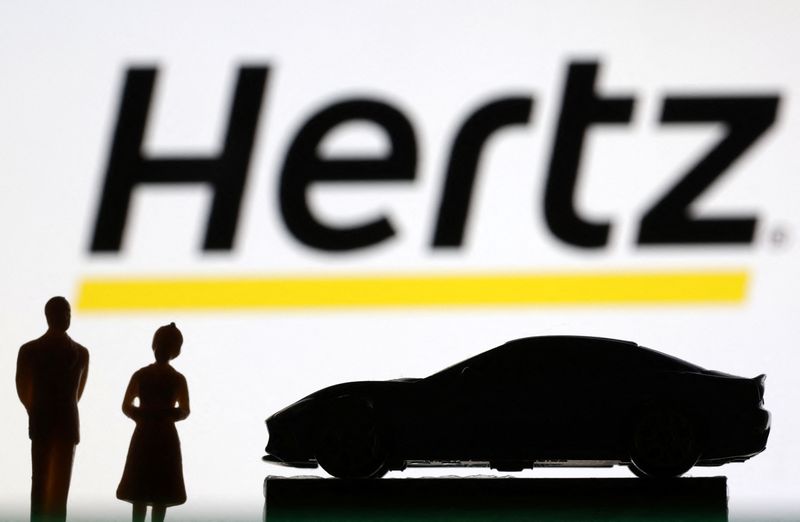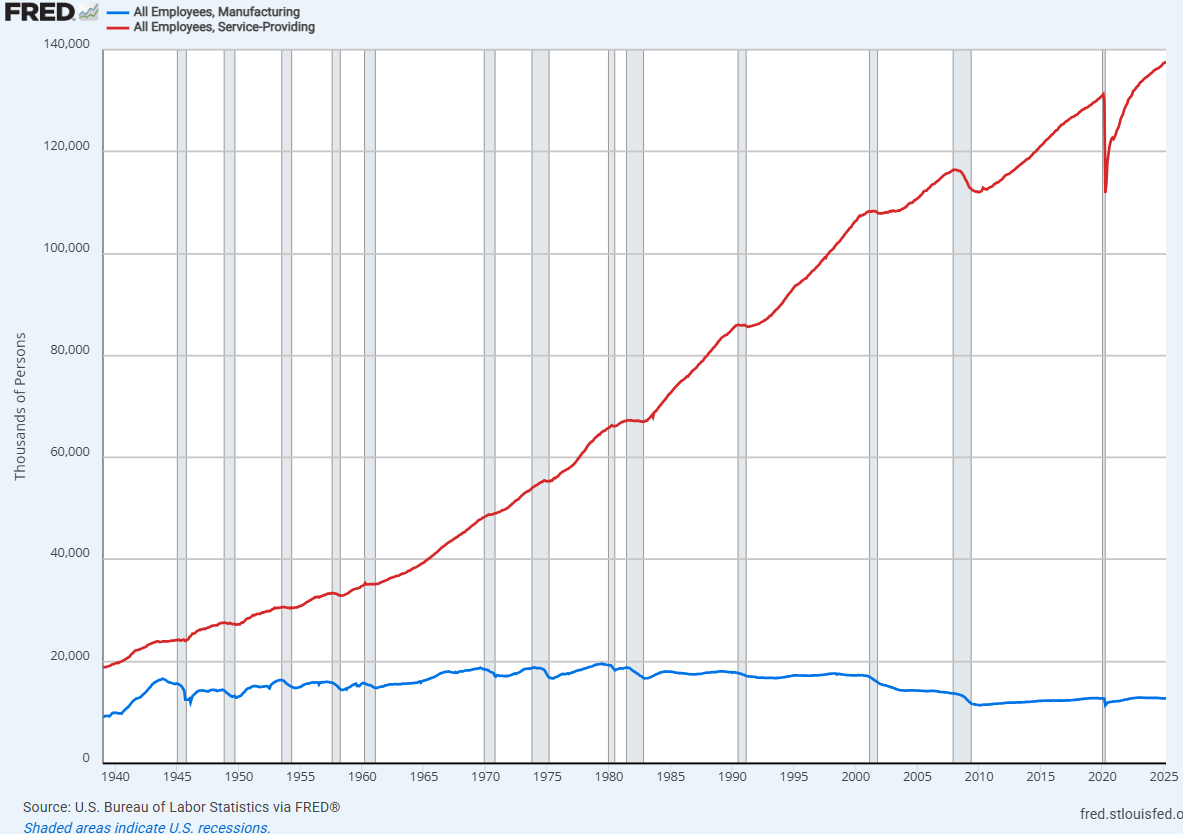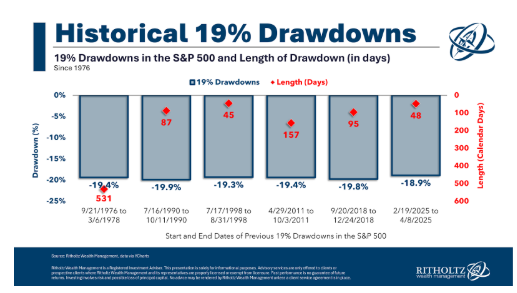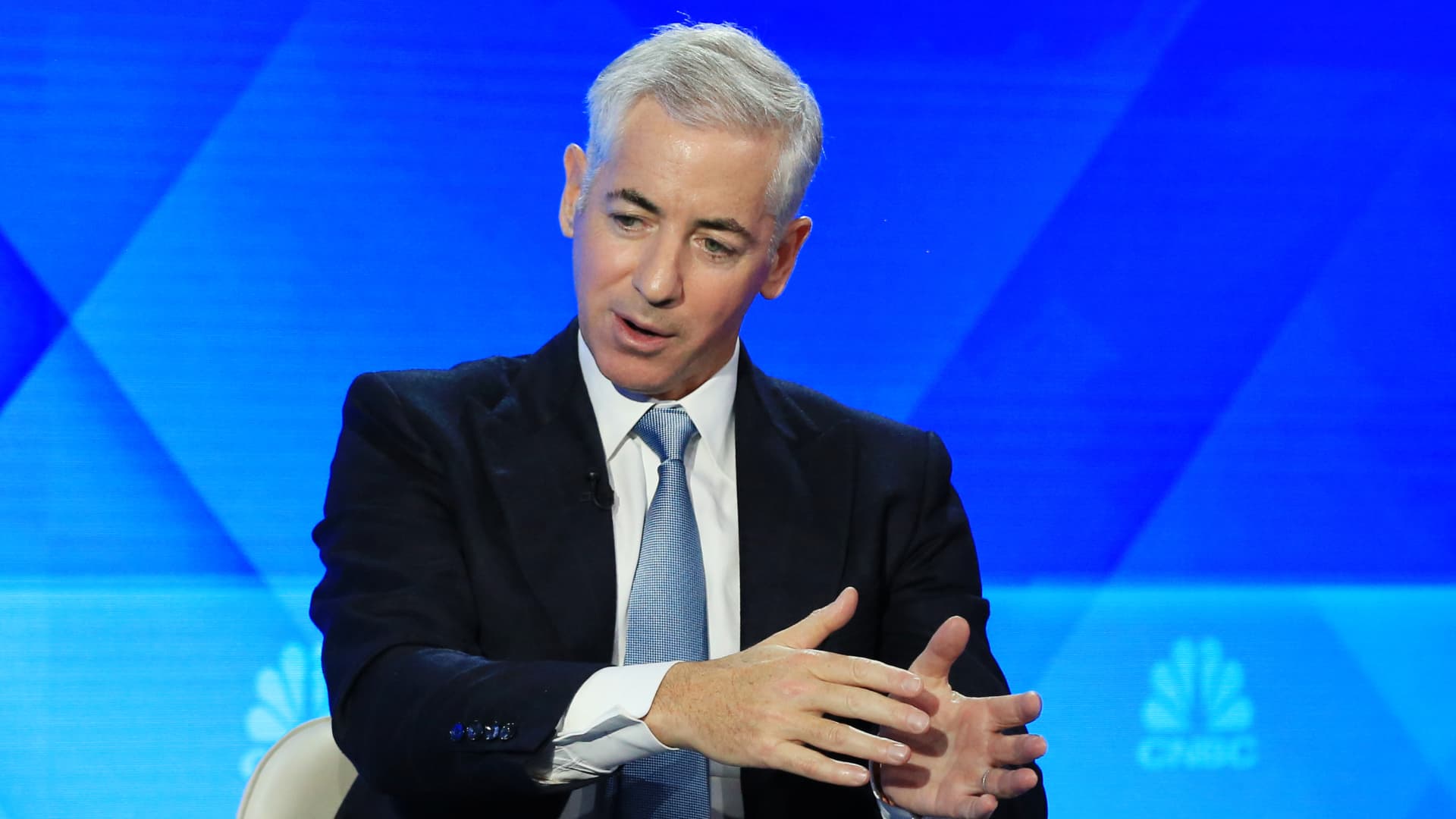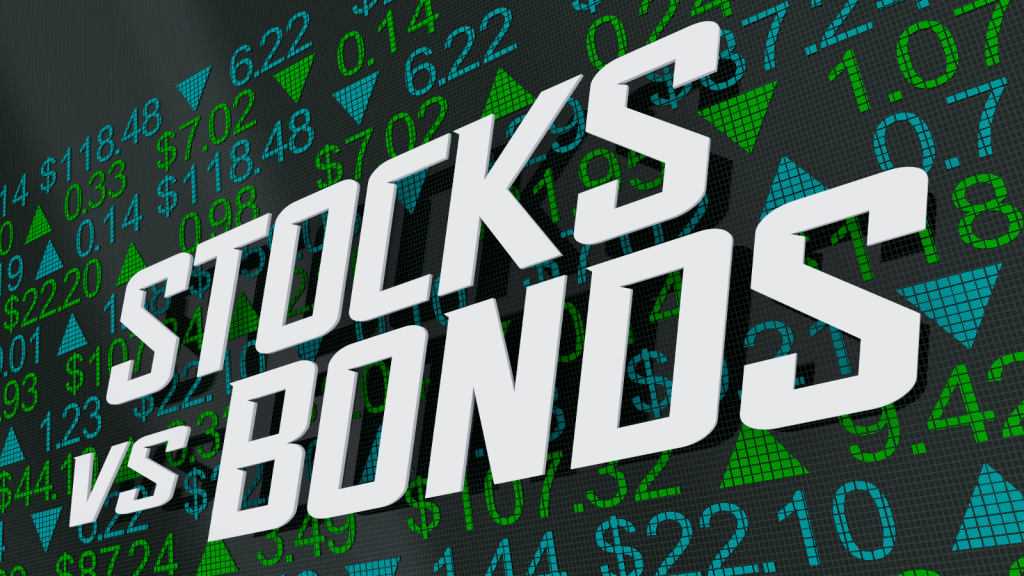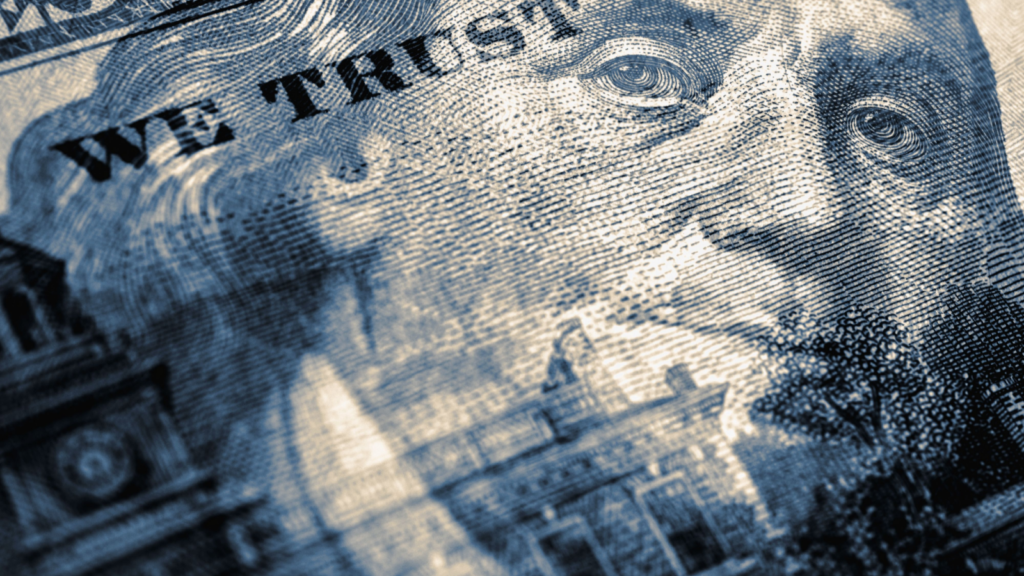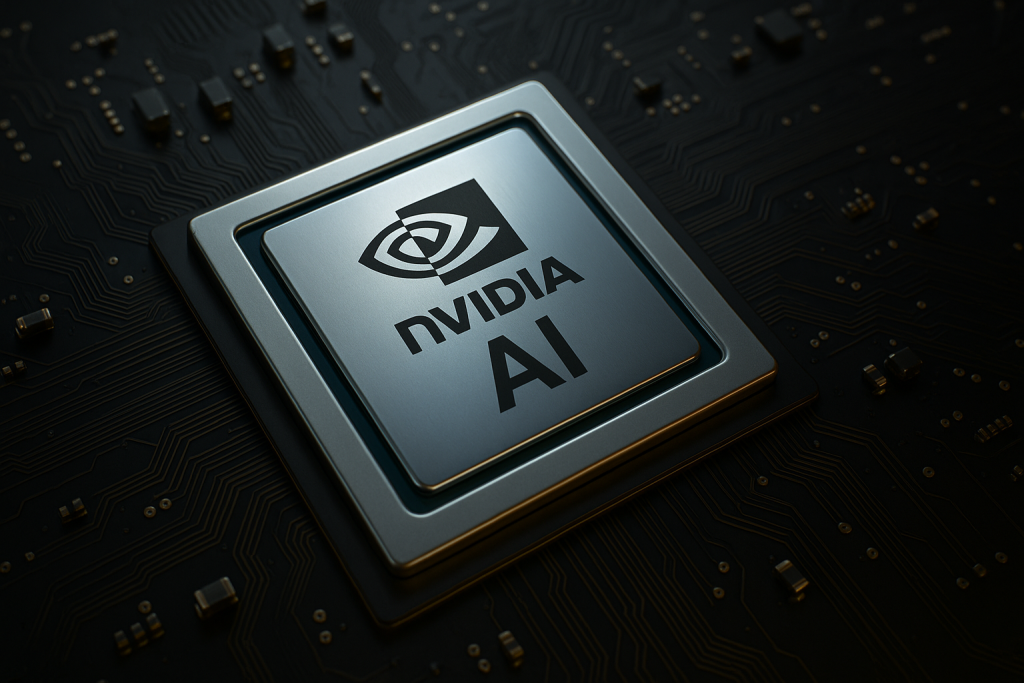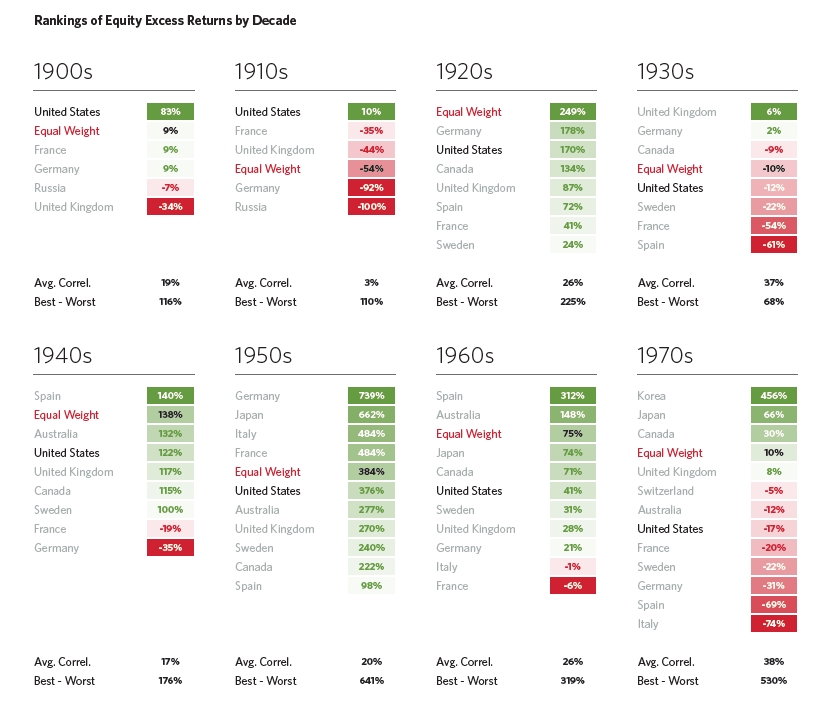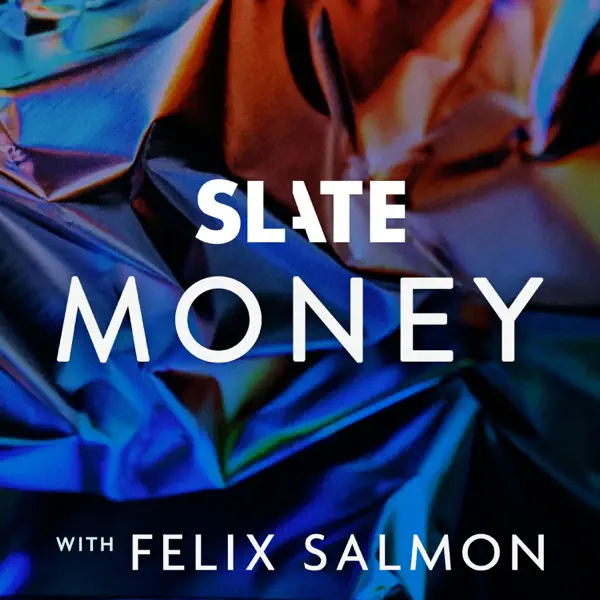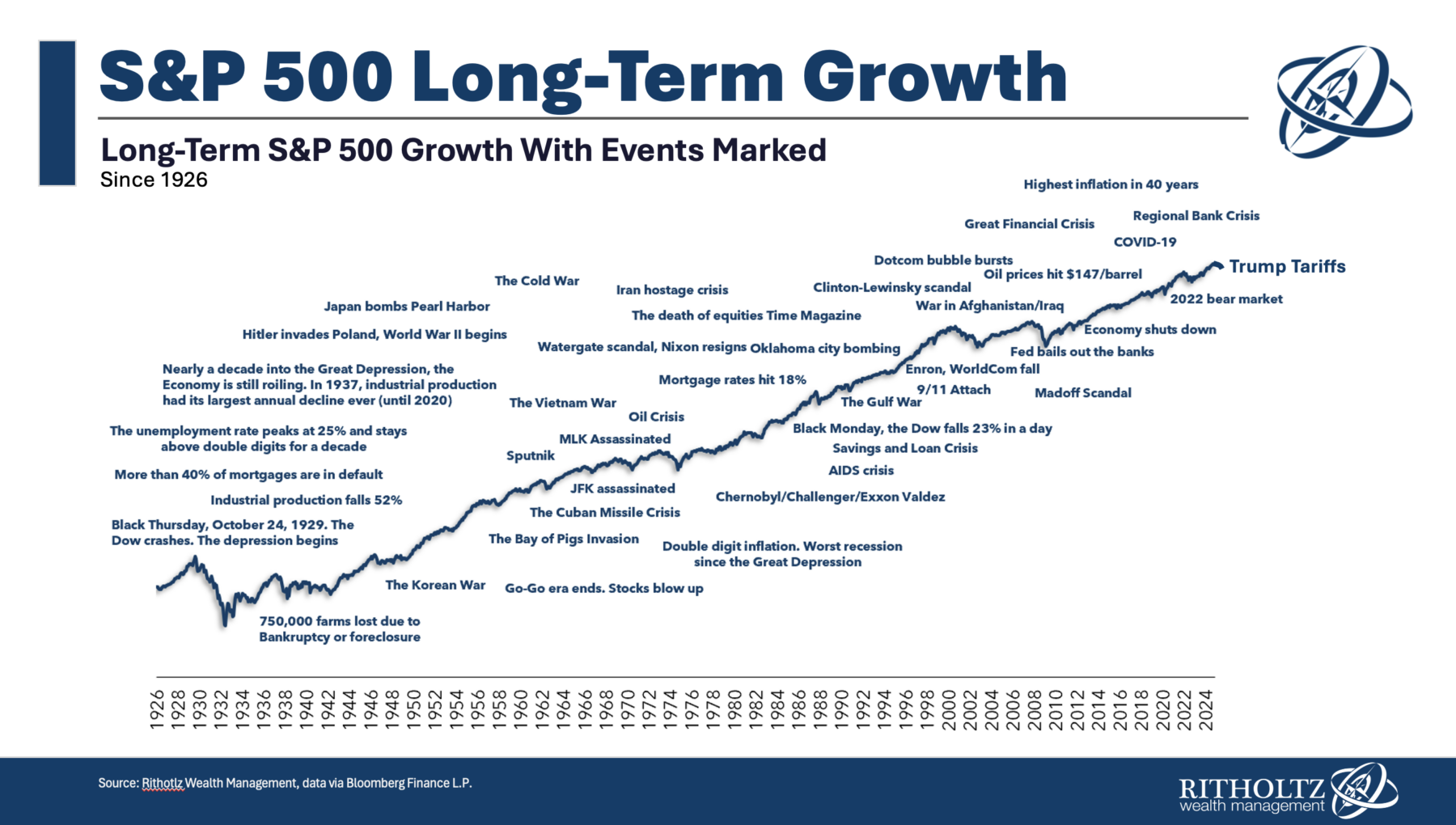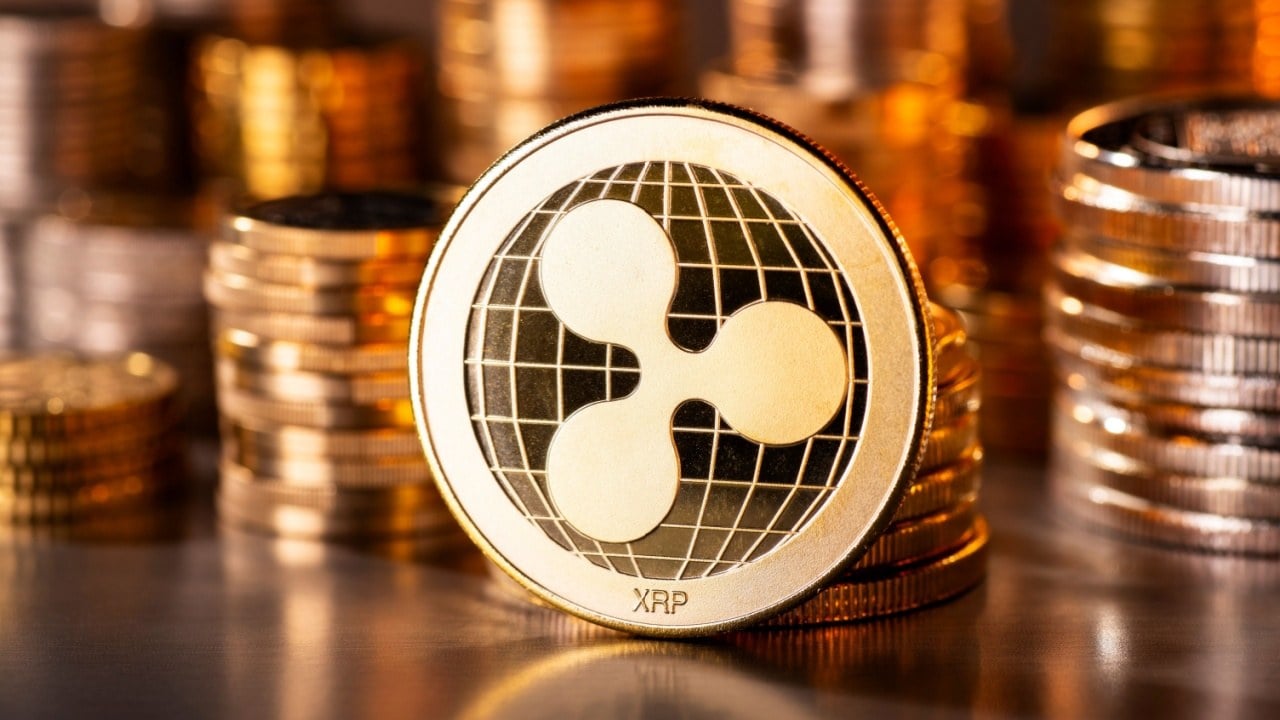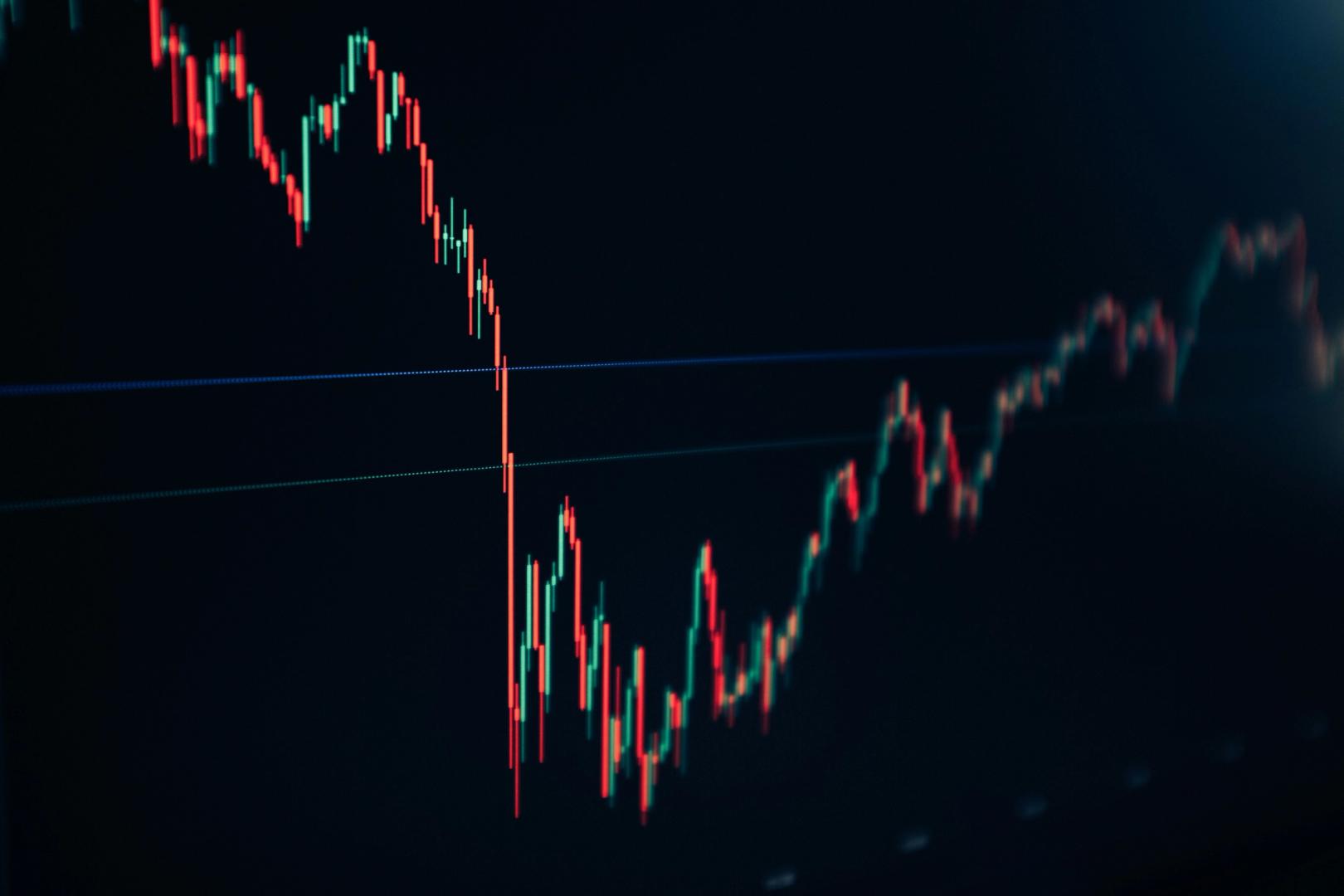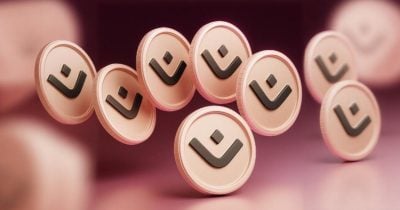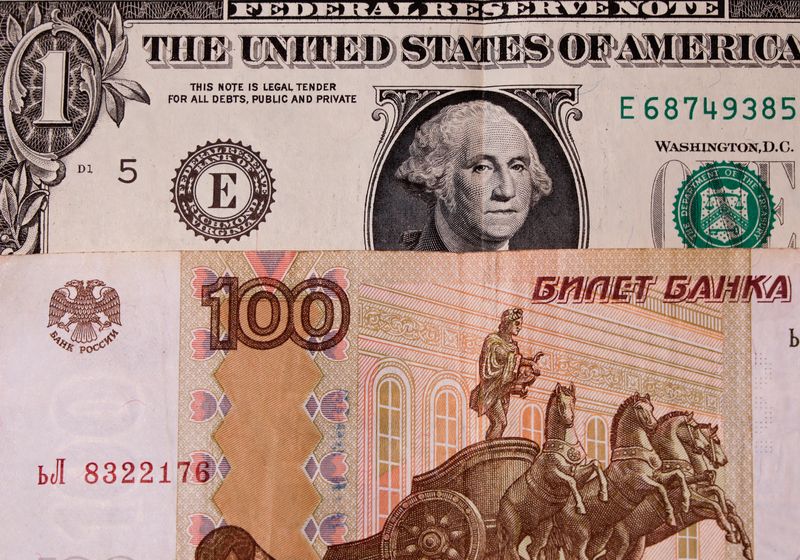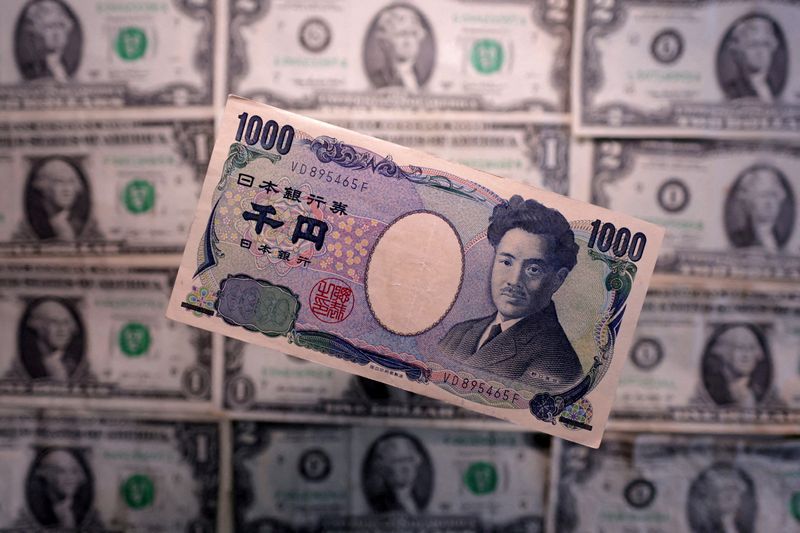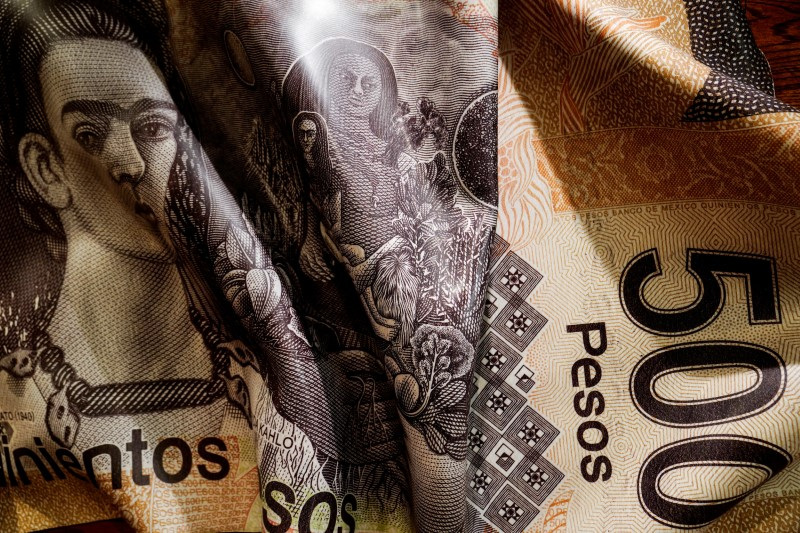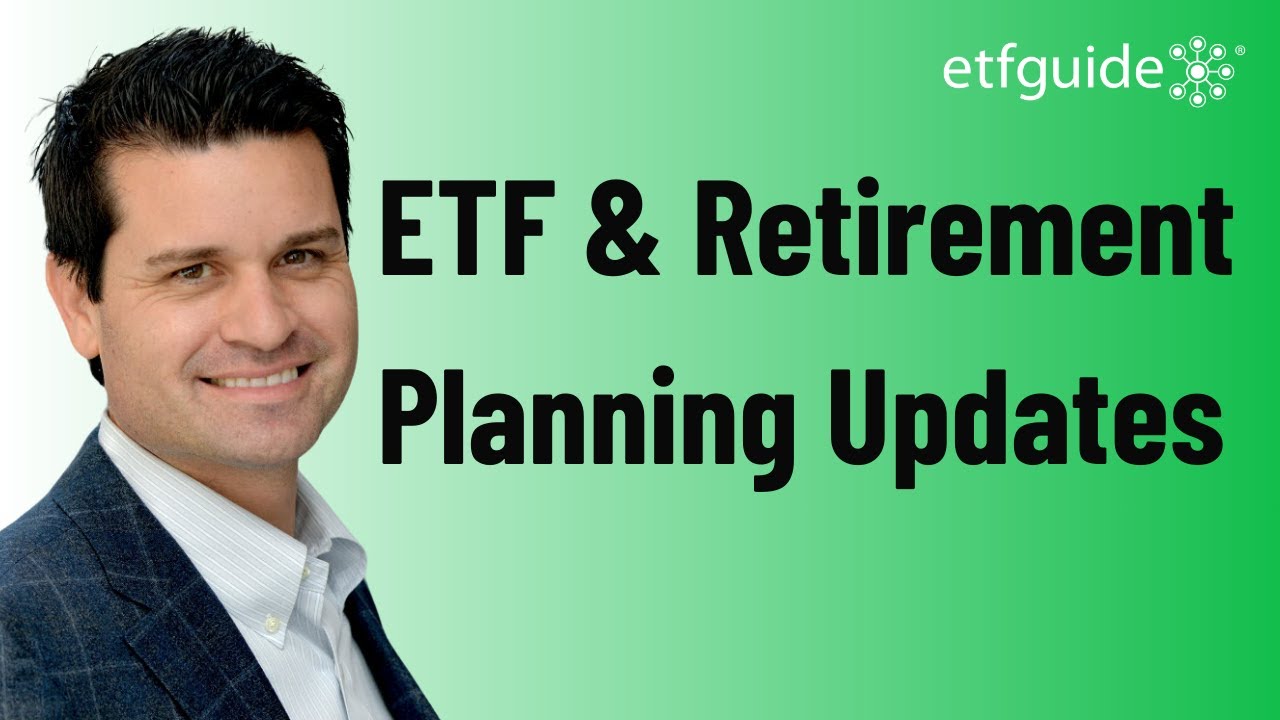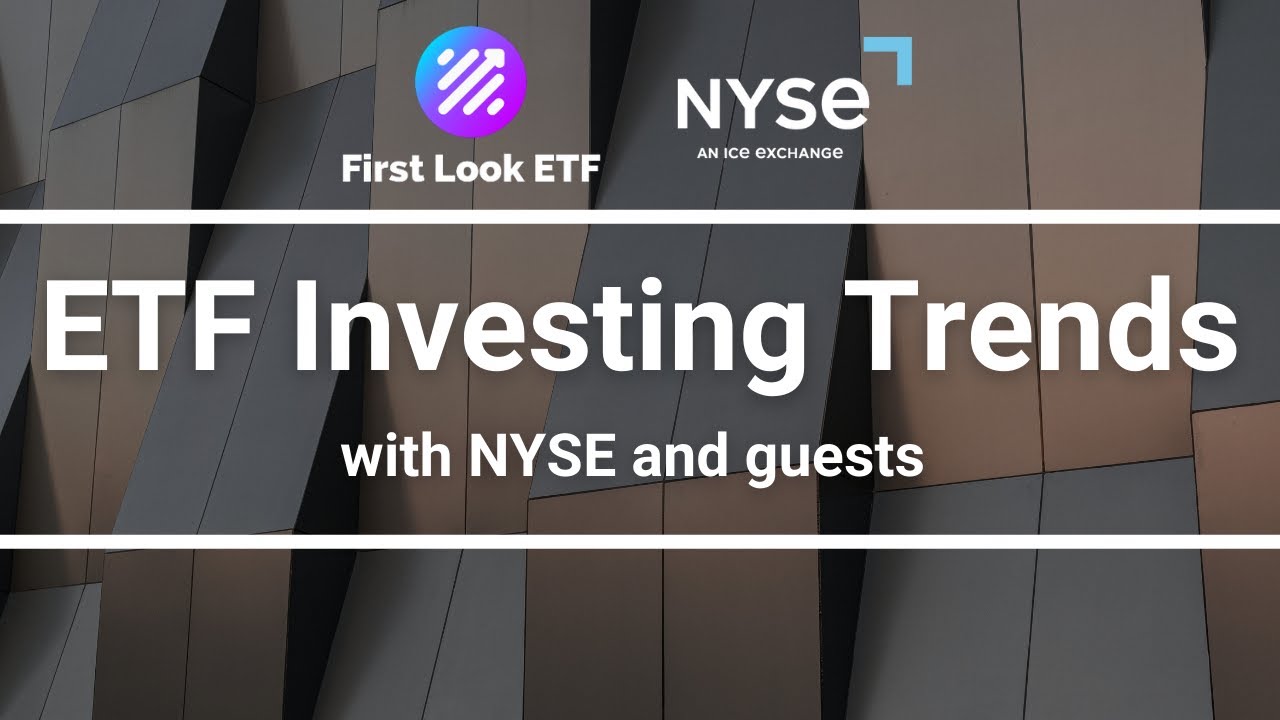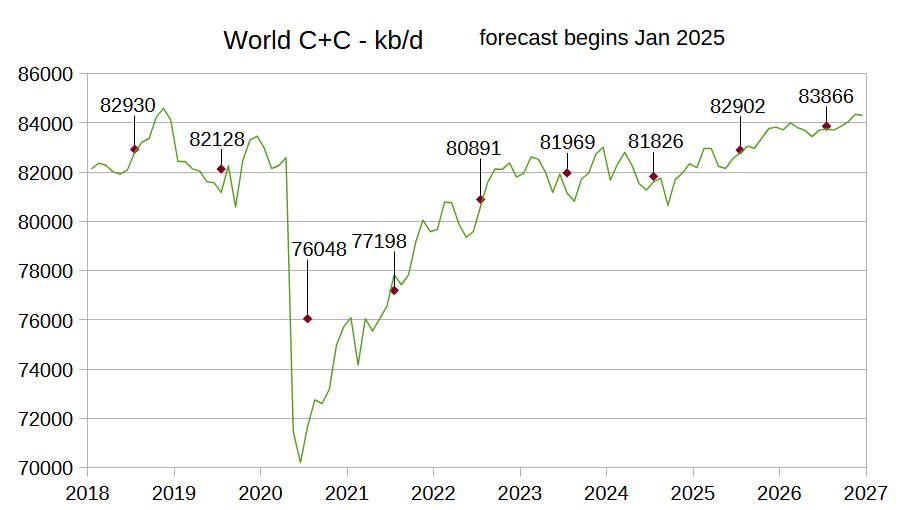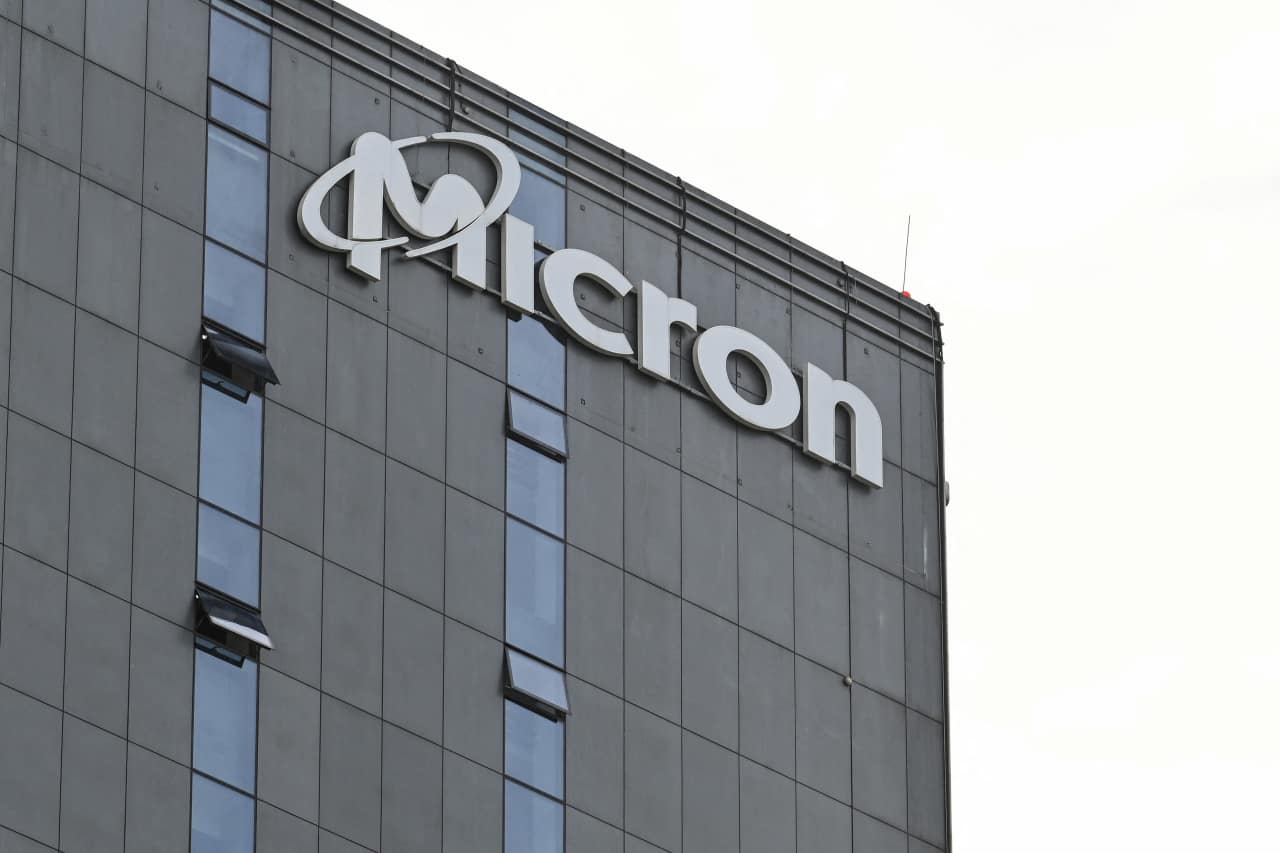I’m Building My First Portfolio With $50K—Should SPY or SCHD Be My First Pick?
If you’re building out your first portfolio, having most of that in a low-cost exchange-traded fund (ETF) is a good idea. Most investors have the SPDR S&P 500 ETF Trust (NYSEARCA:SPY) in mind, and those who are a bit more conservative look at Schwab US Dividend Equity ETF (NYSEARCA:SCHD). Both are great picks for the […] The post I’m Building My First Portfolio With $50K—Should SPY or SCHD Be My First Pick? appeared first on 24/7 Wall St..
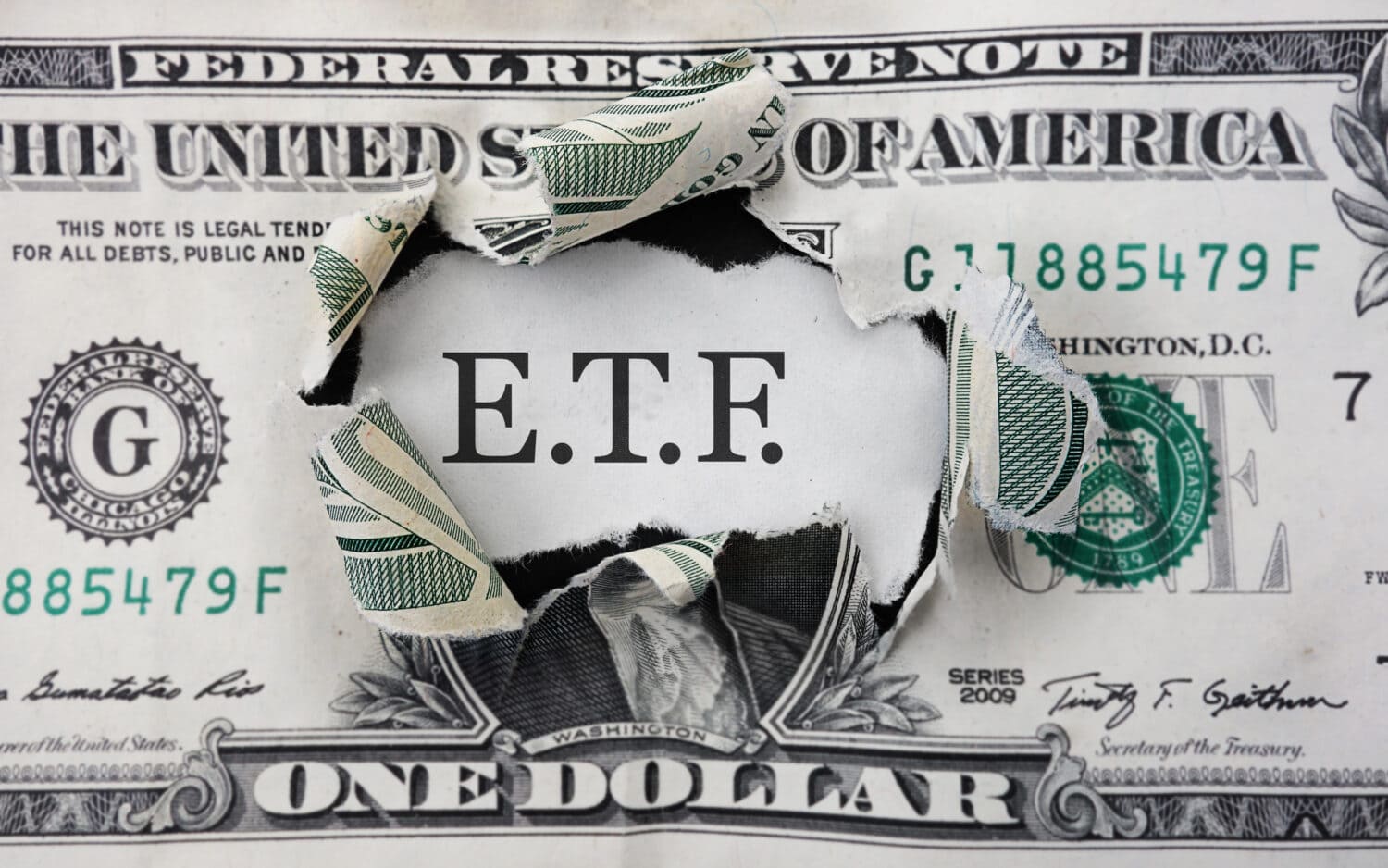
If you’re building out your first portfolio, having most of that in a low-cost exchange-traded fund (ETF) is a good idea. Most investors have the SPDR S&P 500 ETF Trust (NYSEARCA:SPY) in mind, and those who are a bit more conservative look at Schwab US Dividend Equity ETF (NYSEARCA:SCHD). Both are great picks for the long run, but which one is better?
Let’s first break down these two ETFs and look at their historical returns.
24/7 Wall St. Key Points:
- SPY is one of the most popular ETFs. Investing in it will allow you to handily beat most retail and institutional investors, 99% of whom fail to beat this benchmark.
- However, can SCHD deliver even better returns in the long run due to its dividend yield compounding over time?
- Let’s take a look. In the meantime, grab our free “The Next NVIDIA” report. It includes a software stock with 10X potential.
What You Need to Know About SPY
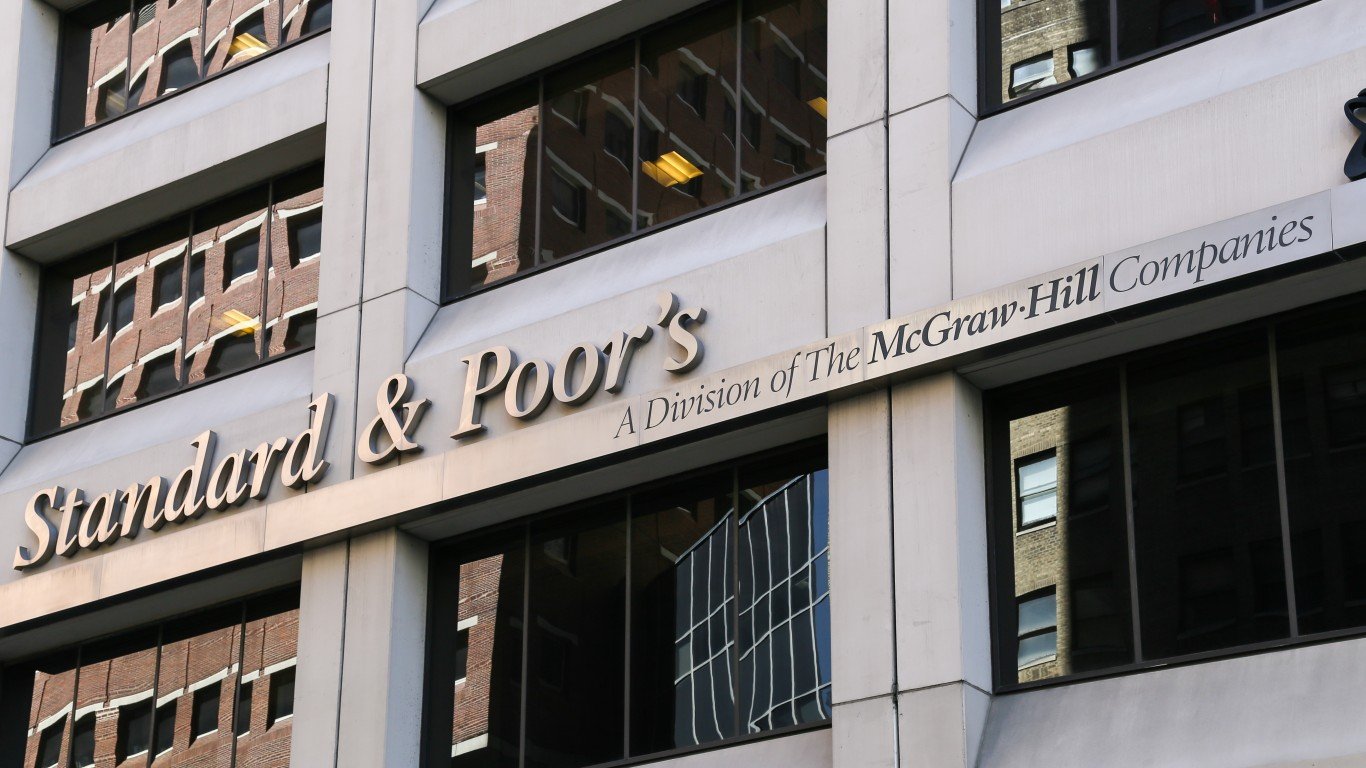
The SPDR S&P 500 ETF Trust tracks the S&P 500 index and offers broad exposure to 500 of the largest publicly traded companies in the U.S. This is structured as a unit investment trust (UIT), so it can replicate the S&P 500 index by holding all of its members at their target weights. It is one of the oldest and most actively traded ETFs you can buy.
The costs are pretty low too, since the expense ratio of 0.0945% only amounts to $9.45 in annual fees for every $10,000 invested in the ETF. That said, you can buy some identical ETFs with even lower fees. SPDR Portfolio S&P 500 ETF (NYSEARCA: SPLG) has an expense ratio of just 0.02%. The Vanguard S&P 500 ETF (NYSEARCA: VOO), and the iShares Core S&P 500 ETF (NYSEARCA: IVV) have an expense ratio of 0.03%. You should choose the lowest-cost ones if you are confident that you are going to be holding for a very long time since these don’t have the liquidity to be suitable for traders.
ETFs like SPY have low turnover and trade like stocks, so it means very few taxes are passed on to shareholders. Also, ETFs have a unique creation and redemption mechanism that allows authorized participants to create or redeem shares. This process happens in the primary market and doesn’t require the ETF to sell underlying investments. Hence, you’ll be avoiding capital gains.
You’re getting a dividend yield of 1.16% from this ETF.
What You Need to Know About SCHD
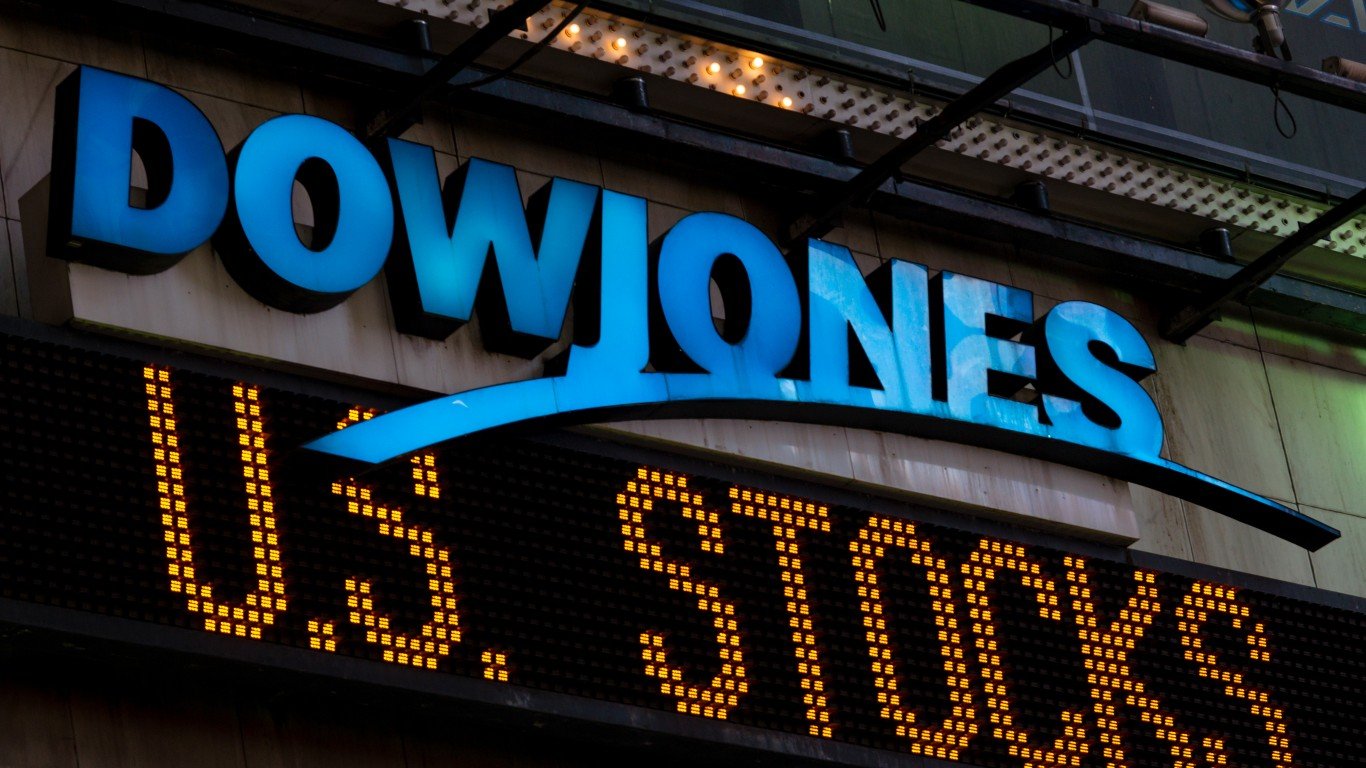
The Schwab U.S. Dividend Equity ETF tracks the Dow Jones U.S. Dividend 100 Index. This is an ETF that tracks some of the largest dividend stocks and this is a great conservative pick if you just want to sit on dividend stocks and compound them in the coming decades. SCHD is considered as a defensive ETF and is less volatile than the SPY.
Still, SCHD’s portfolio is somewhat concentrated, with the top 10 of its holdings accounting for approximately 40% of the total. In comparison, the SPY’s top 10 holdings account for some 36% of the total portfolio. The difference is that its concentration is in more defensive stocks, whereas the SPY has been leaning more and more tech-heavy over the past few years.
The ETF’s expense ratio is at 0.06%, but the biggest plus here is that the SCHD has a significantly higher dividend yield. You’re getting a yield of 3.57% that you can continuously reinvest in the coming decades. But does the higher dividend yield outweigh the base price of the ETF underperforming the SPY? Let’s take a look.
SPY vs. SCHD: Historical Returns

Since SCHD’s inception in October 2011, both ETFs have shown a near-perfect correlation. However, SPY has generally outperformed SCHD. If we look at year-to-date performance for this year, the SPY has returned about 4.29% compared to a 1.94% return from the SCHD.
The SPY delivered 22.06% in gains in the past year, and the SCHD has managed to return just 8.3%. This underperformance extends to the 5-year timeline as well, where SCHD only delivered 41.64% in gains vs. 80.6% from the SPY. You might still ask whether or not the SCHD’s higher dividend yield will still end up compounding it higher in a multi-decade investment period. The answer to that is no.
I’m assuming here (for the sake of simplicity) that the stock market will continue to grow at an exponential rate without any big corrections or recessions in between. But even if you include these corrections, the SPY should still decisively outperform the SCHD.
The Verdict
If you seek broad market exposure and growth potential, SPY is a solid choice for the long run. You should comfortably outperform SCHD.
Nonetheless, SCHD could be a better fit for you if you are very conservative and you think that a big recession is around the corner. It should lose a lot less during a recession than the SPY, but even then, the SPY will likely outperform it in a multi-decade investment period.
The post I’m Building My First Portfolio With $50K—Should SPY or SCHD Be My First Pick? appeared first on 24/7 Wall St..
